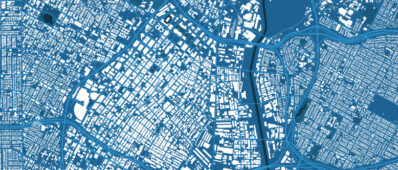Abstract
Cities exist because they enable people to take advantage of economies of agglomeration, where spatial proximity facilitates productivity-enhancing cooperation. Transportation defines proximity and therefore determines how economies of agglomeration are realized. The functioning of the transportation sector, therefore, is central to the functioning of the urban economy.
In simplified urban spatial models, transportation is usually assumed to be a linear function of distance. In real cities, of course, it is more complex. Transportation facilities are provided in the form of networks, and the amenities and capacity they provide are subject to complex choices and often to economies of scale.
Urban transportation therefore involves important nonlinearities in two ways: in its purpose and in its form of provision. Under such conditions, there is ample room for market failures and it is not surprising that public intervention plays a heavy role. But public policy failures are common too, and many of the issues currently at the forefront of urban transportation policy involve how to make public intervention more beneficial. In particular, to what extent can market mechanisms be relied upon, either unregulated or as models for public activities?
In this chapter, we examine the role that economic analysis plays in analyzing such questions. We focus heavily on highway transportation in private vehicles, just as do actual travelers. Many people have argued that travel in private motor vehicles is overemphasized due to a neglect of its full social costs. We examine in detail three such costs: congestion (and the related investments in infrastructure capacity), air pollution, and accidents. Next, we examine public transit as an alternative to the automobile, taking up the question of the effects and merits of subsidies. Throughout, we focus on analytic methods and findings that bear on current policy issues, as well as the factual basis for policy analysis.



